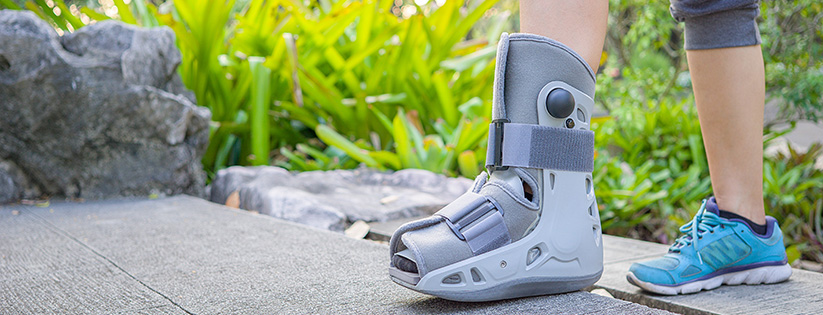In 2021, financial viability continues to be linked to a strong and effective healthcare payment lifecycle. In orthopedics, your bottom-line revenue is subject to a complicated and often redundant third-party payer system that makes every patient encounter a potential collections’ headache.
With more and more healthcare costs being passed through to the patient through high-deductible healthcare plan (HDHP) premiums, co-pays, deductibles, and co-insurances, aging AR and collections are becoming a critical aspect of the overall payment lifecycle. Most patients pay their outstanding balances over time, but it’s estimated that over 16% took longer than a year to pay their medical bills, with another 8% not paying at all.
Hidden Orthopedic Patient Collections Costs
Amounts still owing following the completion of the billing cycle, whether from rejected or disallowed services or from patient portions still outstanding, are at risk of non-collectability and will then become a write-off and reduction to bottom-line revenue. Here are five ways that orthopedic patient collections eat away at your bottom line, sometimes without you even realizing it.
- Administrative Costs – Every uncollected charge must be followed up by team members through telephone calls, emails, and letters, as well as the required recordkeeping and manual follow-up. Each of these functions uses time and resources through staff salaries, office supplies and forms, and postage.
- Financing Costs – With cash flow restrictions, your practice may have to borrow money from a bank or line of credit to finance day-to-day operations, including salaries and payroll taxes. The corresponding interest rates can be up to 13% or higher depending on the type of loan and the practice’s creditworthiness.
- Bad Debt Costs – The longer your debt ages, the less likely you are to collect it. It literally becomes worth less, the longer a debt sits in your AR. Once it rolls to >120 days, it is worth less than a third of current charges.
- Opportunity Costs – The money that is tied up in AR and not being collected is also not available for funding growth opportunities for the practice, including marketing, practice expansion, new equipment, hiring new providers, or staff members.
- Collection Agency Services – Collection agencies usually work on a fee contingency basis with charges ranging from 30 to 60% of the amount collected. While it is better to get something for the hard work, rather than nothing—this high rate borders on unacceptable.
How to Reduce Orthopedic Patient Collections Costs in 2021
But wait! There is a silver lining in this discussion. Through implementing strong business practices, these costs can be reduced significantly if not virtually eliminated. Whether considering self-implemented changes or engaging a third-party billing partner, improving these areas will reap significant improvements in orthopedic bottom-line revenue:
- Insurance verifications and benefits obtained for every patient at every visit using an automated process that ensures accurate and real-time information
- Patient payment estimations of amounts due based on the insurance verification and the projected procedures to be performed
- Prior authorizations completed and tracked through an automated AI-driven software system that significantly reduces the administrative burden, processing prior authorizations in real-time allowing patients to be scheduled immediately
- Documentation completed by providers and corresponding super-bills turned in daily without delay
- Clinical Decision Support Mechanism (CDSM) completion whether operating as a referring doctor or performing the advanced imaging tests necessary
- Accurate orthopedic coding that meets all 2021 CPT and ICD-10 guidelines, including the new E/M code criteria initiated this year
- Proper and timely claims submission
- Timely follow-up on all outstanding claims, denials, and rejections
If current trends continue, value-based care and the consumerization of healthcare will continue to reshape the way care is delivered and how reimbursement is managed throughout 2021 and beyond. Engaging a trusted third-party partner can help orthopedic practices capture reimbursement that’s due to the practice while reducing administrative costs and improving the patient’s overall experience.
Simply put…there is no better time to reshape the orthopedic patient collections process into a revenue-generating machine.
Contact us today to find out more about third-party partner relations when streamlining your orthopedic collections process.
